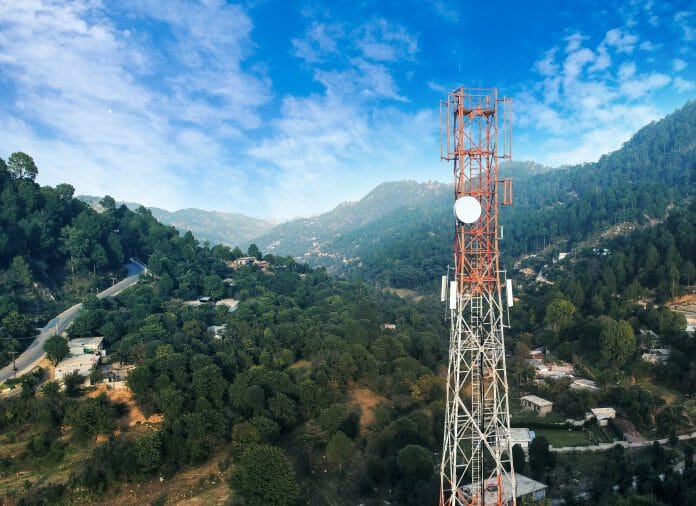The Malaysian Communications and Multimedia Commission (MCMC) hosted a media and analyst briefing yesterday to showcase the achievements and targets attained under the JENDELA Phase 1 project (2020-2022), said RHB Research (RHB) in the recent Malaysia Sector Update Report.
Broadly, the industry has exceeded all key targets set with 4G population coverage at 96.92%, average mobile broadband speeds of 116.03 Mbps (mean)/43.46Mbps (median) and fibre premises pass of 7.74m at end-2022.
“The regulator said that 5G spectrum will be shared equally by the two 5G networks, and believes that 5G speeds/throughputs will still keep up (100Mbps at cell edge),” said RHB.
The timing of the spectrum assignment and prices remain unknown, as with the decision to reinstate spectrum neutrality. The house sees uncertainties, for example, wholesale cost and capital expenditure impact, weighing on sector sentiment. RHB maintains sector NEUTRAL, with fixed line plays preferred. Telekom Malaysia remains their Top Pick.
Phase 2, which is expected to start in quarter three/quarter-four 2023 and will run through 2025, will see the industry move towards 100% internet coverage, 100Mbps, and 9 m fibre premises.
“The value of the Phase 2 investment has yet to be finalised, while the RM28 billion earmarked previously for Phase 1 was reaffirmed (60:40 split between the industry and the public sector),” said RHB.
The immediate priority will be for the industry to meet the 80% 5G population coverage (COPA) target by end-2023. Malaysia’s 5G subscribers stood at 1.2 million as of end-March.
The regulator revealed that the current 5G spectrum bands (700MHz, 3500MHz, and 26GHz) will be split equally between the two 5G networks (Entities A and B), but the timeline for which the spectrum bands will be reallocated has yet to be decided.
This means each entity would have 40MHz (paired) of the 700MHz, 100MHz of the C-band (3.5GHz) and 800MHz of the 26GHz band (currently unutilised) each. The regulator has yet to set any timeline for the reinstatement of spectrum neutrality to utilise their 4G spectrum for 5G.
Discussions are also ongoing between Digital Nasional and the mobile network operators on modifications to the reference access offer which governs the 5G wholesale rates.
“We see this as a core element in Maxis’ decision to roll out 5G services, in the absence of spectrum neutrality,” said RHB.
The regulator also said the second 5G network provider will need to adhere to similar rollout requirements as with Digital Nasional, to meet the 80% population coverage target within a stipulated time. This would suggest that the industry capital expenditure could remain elevated, with Digital Nasional benefitting from a natural head start.
“Subscribers of Entity B would still need to enter into wholesale arrangements with Entity A to circumvent the coverage shortfall, in our view,” said RHB.
Key downside risks identified by RHB include competition, weaker-than-expected earnings, and regulatory setbacks.









